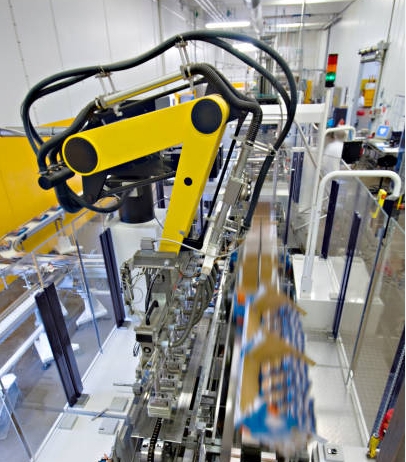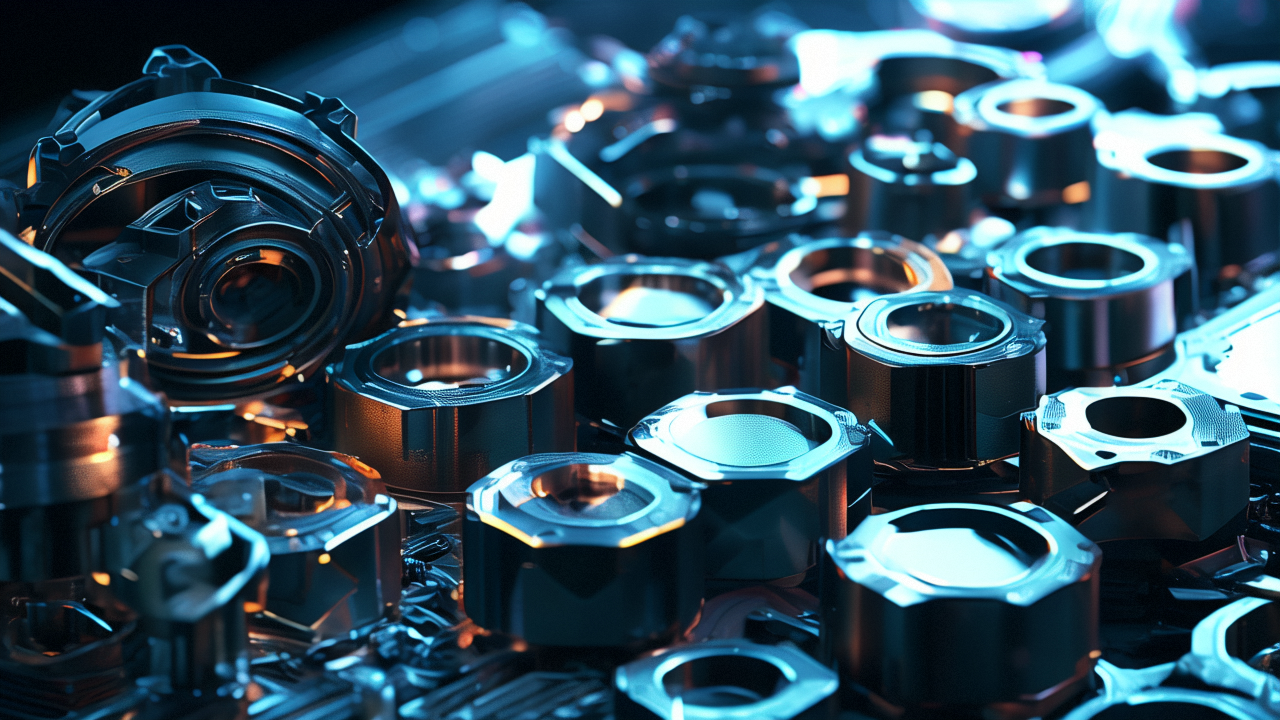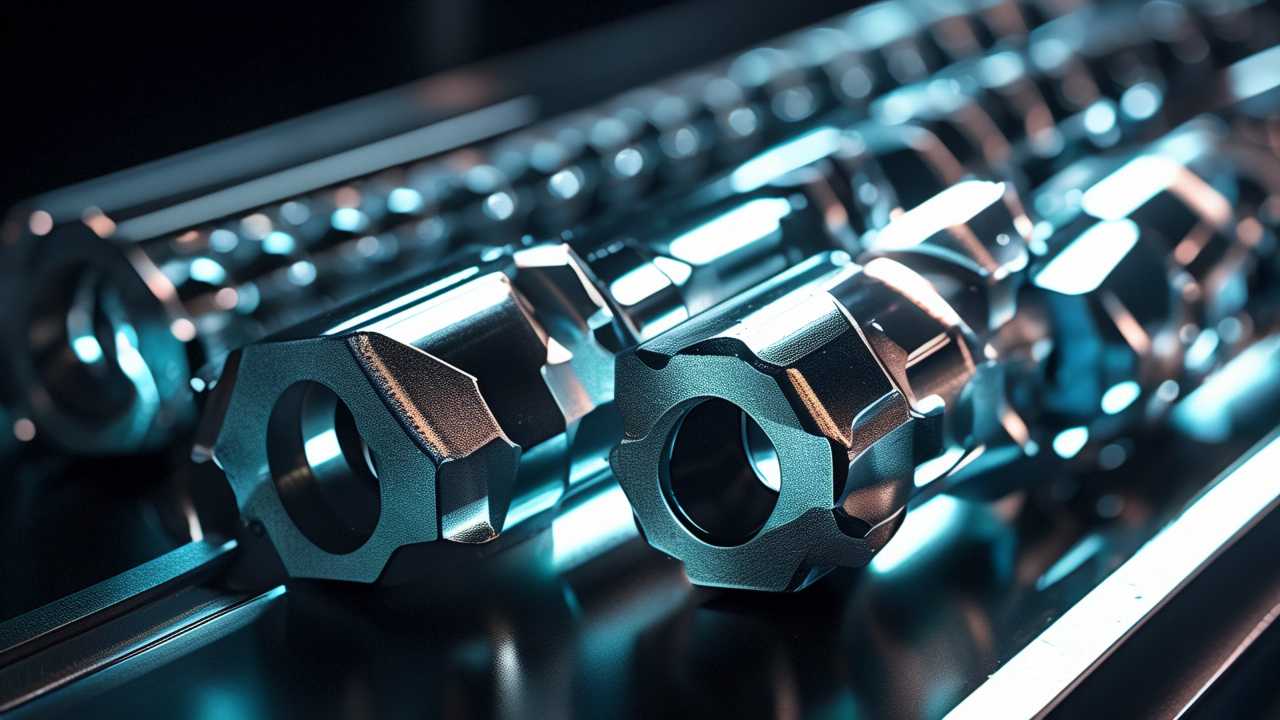Typical problems in tool installation of CNC machine
For CNC machine tools, in addition to the most basic la…

For CNC machine tools, in addition to the most basic lathe hardware, system software, the highest frequency of use, the most important role is the number of tools. The tool is an important tool in machining turning, and the machining accuracy and machining quality of the workpiece are closely related to the tool.
For the tool, in addition to choosing the right, good quality tool, but also pay attention to the installation of the tool. The use of many tools is mostly due to errors in the installation of tools, resulting in the inability to successfully complete the processing of the workpiece.
Generally speaking, in the tool installation of CNC machine tools, the typical problems that often occur are: improper installation of the tool, the tool installation is not firm, the tool tip and the workpiece axis are not high, this paper provides several corresponding solutions for these problems, hope to help you.
1, the tool installation position is improper and the tool installation is not firm solution.
(1) When installing the tool, the tool tip should be equal to the axis of the tool workpiece, and the tool tip should be slightly higher than the axis of the workpiece when roughing and turning the large-diameter workpiece; When finishing, the tool tip should be slightly lower than the axis of the workpiece, but when finishing the contour of the cone, the arc, etc., the tool tip should be strictly elevated with the axis of the workpiece;
(2) When there is a tool holder or center frame support, in order to make the tool tip tighten the workpiece, the tool is properly offset to the right to generate a certain radial force; When there is no tool holder or center frame support, the tool is properly installed to the left to minimize the radial cutting force;
(3) The probing length of the tool should not be too long to prevent cutting vibration caused by poor stiffness, which brings about a series of problems such as rough surface of the workpiece, vibration, cutting tool and so on. Therefore, it is best to control the length of the cutting tool as far as possible, and the clamping of the cutting tool should be as short as possible under the premise of meeting the demand;
(4) The bottom of the tool bar should be smooth. If the gasket is used, the gasket should be flat, the front end of the gasket should be aligned, and the number of gaskets is generally not more than 2 pieces;
(5) The tool should be firmly installed. Generally, two screws are alternately tightened and fixed, and the height of the tool tip and the workpiece axis is tested again after tightening;
(6) When the clamp can be converted into a tool, the blade and the gasket should be wiped clean, and it should be noted that when the screw is used to fix the blade, the tightening force should be appropriate.
2, tool tip and workpiece axis and other high problems and solutions.
(1) In general, when using welded tools, it is necessary to consider whether the tip of the tool is equal to the height of the workpiece axis, if conditions permit, it is best to choose the clamping tool, the durability of the tool is high, and the processing quality will be more stable.
(2) After the tool is used for a long time on the machine tool, the guide rail will be worn and lead to subsidence, which will reduce the height of the tool holder, so that the tool tip is lower than the workpiece axis, and it should be checked regularly to prevent the tool tip from being uneven.
(3) In simple terms, to ensure that the tool tip is equal to the axis of the workpiece, the visual method can be used, but the visual method will be affected by factors such as Angle and light, which is not accurate, so it is only suitable for roughing large-diameter workpieces. If there are precision requirements, it is best to choose other more accurate detection methods.



















